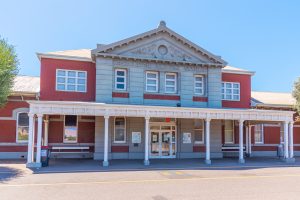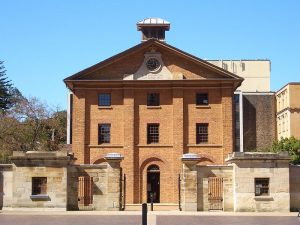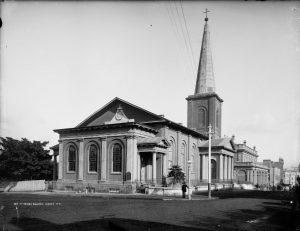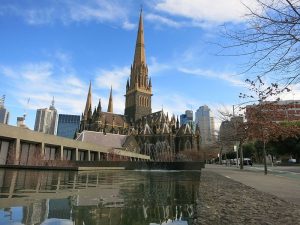Australian Colonial Architecture
The term Colonial architecture refers to buildings that were constructed in Australia during the period of European settlement, from 1788 to 1840. Many of the buildings of this architectural style were built by prison convicts – or undesirables – from Europe. The style of the buildings is said to have been inspired by the regulation of British military buildings that were present in exotic countries.

Historical railway station at Gerladton, Australia. Photo by trabantos.
The style of these buildings ranged from very simplistic – with symmetrical architecture and two to four rooms that were based around a hallway that was placed in the centre of the building – to grand cathedrals. This Colonial style can be divided into categories: Georgian, Regency and Grecian and Gothic Picturesque.

The Hyde Park Barracks, Sydney was built in 1817. Photo by J Bar CC BY-SA 3.0
One of the most famous architects of this style was Francis Greenway, who was English-born but transported to Australia as a convict for the crime of forgery. He was known for this distinctly Georgian-inspired architecture, with famous examples to be found in Sydney, for example, St James’ Church and the Hyde Park Barracks.

St James Church Sydney designed designed Henry King in the early 1800’s.
Another prolific architect of this period was William Wardell, who was mostly known for his Gothic Revival buildings. A famous example of his architectural prowess is St Patrick’s Cathedral, located in Melbourne, which began construction in 1858 yet was only completed in 1939 as a result of the severe depression of 1891 and various periods of no funding.

St Patricks Cathedral is the tallest and largest church in Australia. Photo by Douglas Paul Perkins, CC BY 3.0.
Cover image of Daylesford Townhall by Andrew Napier.
If you liked this style, you might also like Gothic Architecture.





